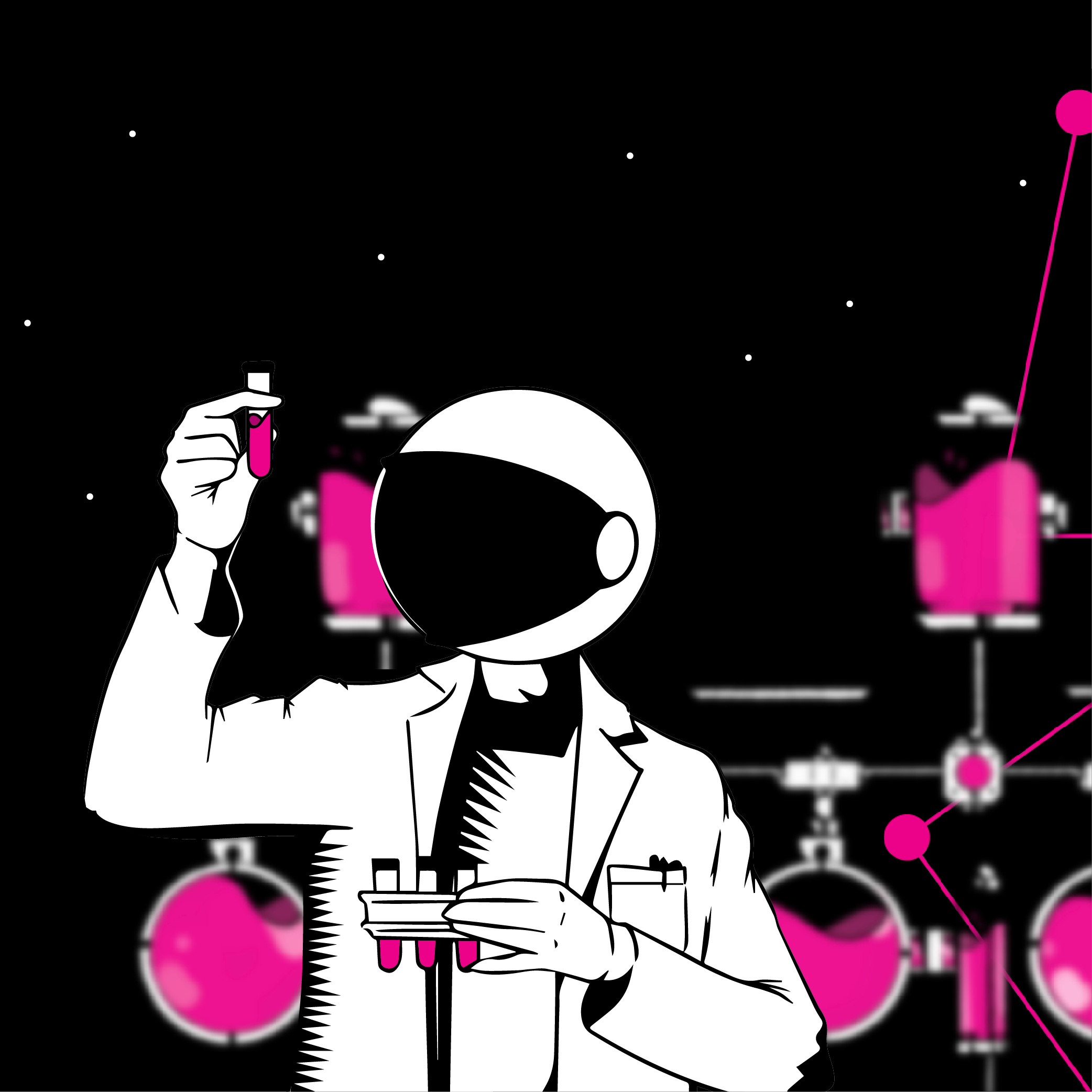Hi Joe,
I’ve been asked to evaluate new solutions that could replace one of our tools.
This is the first time I’m having input into the assessment and purchase of new software, and I’m not really sure how I should approach this.
I have two specific questions:
- How can I identify the most effective tool for my company?
- What qualities should I look for to guide the decision?
Thanks,
Evaluating Evan.

Evan, it’s good that you’re thinking critically about this.
The amount of martech solutions is increasing by the day, so it’s becoming more of a challenge to cut through the noise and advocate for the best tech.
“It’s almost a rite of passage
for people in MOPs to get burned by a tool.”
It’s almost a rite of passage for people in MOPs to get burned by a tool, whether:
❌ they were oversold on its capabilities
❌ the solution didn’t gel with their stack, or
❌ it just wasn’t the right fit for the problem or goal at hand.
I’ve participated in evaluations where solutions seemed promising — useful functionalities, relevant integrations, good price point — only to not quite deliver on their purpose.
Frustrating as it is to wait out a contract, these experiences make clear how important it is to be intentional with your tool purchases and how sometimes, this is a difficult thing to get right.
Guide your evaluation:
👉 Know your agenda: What problems are you trying to solve or efficiency gains are you trying to achieve?
Whether you want to improve a particular process, consolidate multiple tools into one, or make it easier to scale, see if you can accomplish this during the trial or demo phase or determine whether it’s possible or not to do so.
This is a big clue as to how suitable a tool is.
👉 Keep focused on your primary issue: You might spot something interesting about a tool that isn’t why you wanted it in the first place.
That observation can lead you to solve a different problem or open a new opportunity, but keep in mind the capability or issue that’s driven you to enter the process.
👉 Understand its total value: How well does a tool address the breadth of issues and functionality gaps in your company?
You might find a solution that does exactly what you need it to without broader utility or an adequate tool for your intended use case that fits optimally with other aspects of your business.
Both are valid motives for choosing a tool; consult with the stakeholders in your company who’ll use or sign off on the tool to determine which would bring more value.
👉 Integration: As a standalone product, is the solution you’re looking at best in class at what it’s designed to do?
Is it an established market leader or gaining positive momentum? Does it integrate well with your CRM, CMS, and marketing automation platform? These are positive signs that a solution has longevity and that it’s compatible with your stack.
Look for online reviews, Gartner Magic Quadrant placements, and partner/vendor certification with your core pieces of tech.
👉 Research the solution provider: It’s worth doing your homework on the solution provider just as much as the tool itself.
Take into account the deployment options, customer support, and training that the vendor offers, along with any third-party reviews and feedback from your network.
For more reading on this topic, check out our piece ‘Is It Worth It? The Hidden Cost of New Martech Tools.’
You’ve got this,
Joe Pulse










